Introduction to the 4-2-3-1 Formation
The 4-2-3-1 formation is a popular tactical setup in modern football that involves a back four, two central midfielders, three attacking midfielders, and one striker. This formation is known for its flexibility and versatility, making it a go-to strategy for many professional teams.
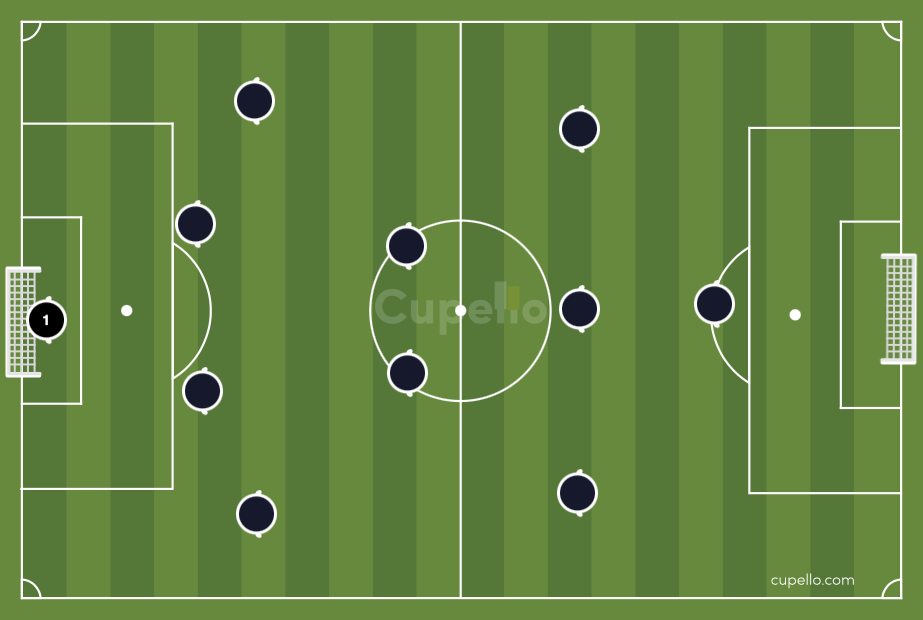
One of the key benefits of the 4-2-3-1 formation is that it allows for a strong defensive structure while also providing plenty of attacking options. With two holding midfielders and four defenders, this formation provides a solid base for the team to build from with possession, making it easier to defend against opposing attacks.
However, the 4-2-3-1 formation is not just about defense. The three attacking midfielders and lone striker offer plenty of opportunities to create scoring chances and put pressure on the opposing team's defence. This formation is particularly effective when used by teams with strong midfielders and a striker who can hold the ball up and bring others into play.

In this blog post, we'll take a closer look at the 4-2-3-1 formation, including how to use it effectively, real-life examples of teams that have used it successfully, and some tips for coaches who want to incorporate this formation into their training sessions. So, whether you're a seasoned soccer coach or just starting out, read on to learn more about the 4-2-3-1 formation and how it can help your team succeed.
The Defensive Line: What Coaches Need to Know
The defensive line is a crucial aspect of the 4-2-3-1 formation. It uses four defenders who work together to protect the team's goal and prevent the opposing team from scoring. The two central defenders are usually the strongest players in the team, responsible for marking the opposing team's striker and preventing them from getting past the defense line.
The full-backs, on the other hand, have a more attacking role. They are responsible for pushing up the field and providing support to the midfielders and attackers. They also need to be able to get back quickly to defend against counter attacks.
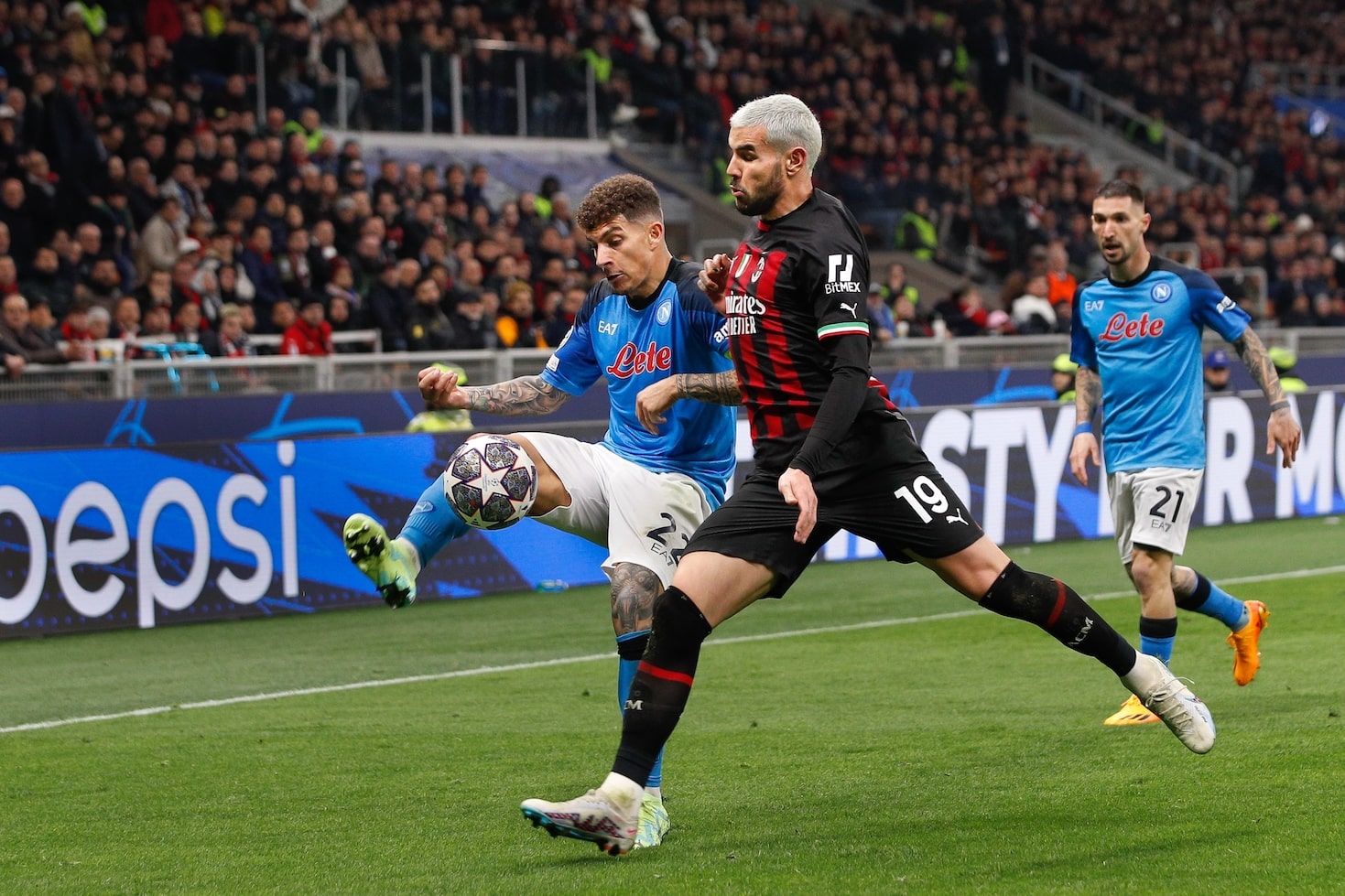
To use the 4-2-3-1 formation effectively, managers need to ensure that their defenders are cohesive and communicate well with each other. This means that they should be able to switch positions and cover for each other when necessary. It's also important for the defenders to be able to read the game and anticipate the opposing team's movements, ensuring correct distances between themselves.
Coaches should also work on defensive drills during training sessions to help their defenders become more skilled at defending against different types of attacking plays. These drills should focus on things like marking, tackling, and intercepting passes.
Understanding the Midfield: Tips for Achieving Success
One of the key components of the 4-2-3-1 formation is the midfield. This formation allows for a strong defensive presence with two holding midfielders, while also providing ample attacking opportunities through the three attacking midfielders and lone striker.
To achieve success with this formation, it's important to understand the role of the midfielders. The two holding midfielders should focus on defensive duties, breaking up opposition attacks and distributing the ball to the attacking midfielders. They should also be aware of their positioning, staying central and providing cover for the center-backs.

Moving into the attacking midfield positions, these players should have a strong attacking mindset and be able to create chances for the lone striker. They should be comfortable on the ball and have good dribbling skills to take on opposition players. These players should also be aware of their positioning, making runs into the box and providing support for the lone striker.
Coaches should focus on training drills that help midfielders develop these skills. For holding midfielders, drills that focus on tackling, intercepting passes, and distributing the ball quickly can be beneficial. For attacking midfielders, dribbling drills, passing drills, and shooting drills can help them develop their attacking prowess.
By understanding the midfield and providing targeted training sessions, coaches can ensure success with the 4-2-3-1 formation. With a strong midfield, this formation can be a formidable force on the pitch.
The Attack: How to Utilize the 4-2-3-1 Formation Effectively
The 4-2-3-1 formation is well-known for its attacking prowess, and coaches should focus on developing their attacking players to make the most of this winning formation. With three attacking midfielders playing behind a lone striker, there are ample opportunities for players to move forward and create chances.
One way to utilize this formation effectively is through the use of overlapping full-backs. When the attacking midfielders move forward, the full-backs can push up the field to create width and provide additional attacking options. This can help to stretch the opposition's defense and create gaps for the attacking players to move into.
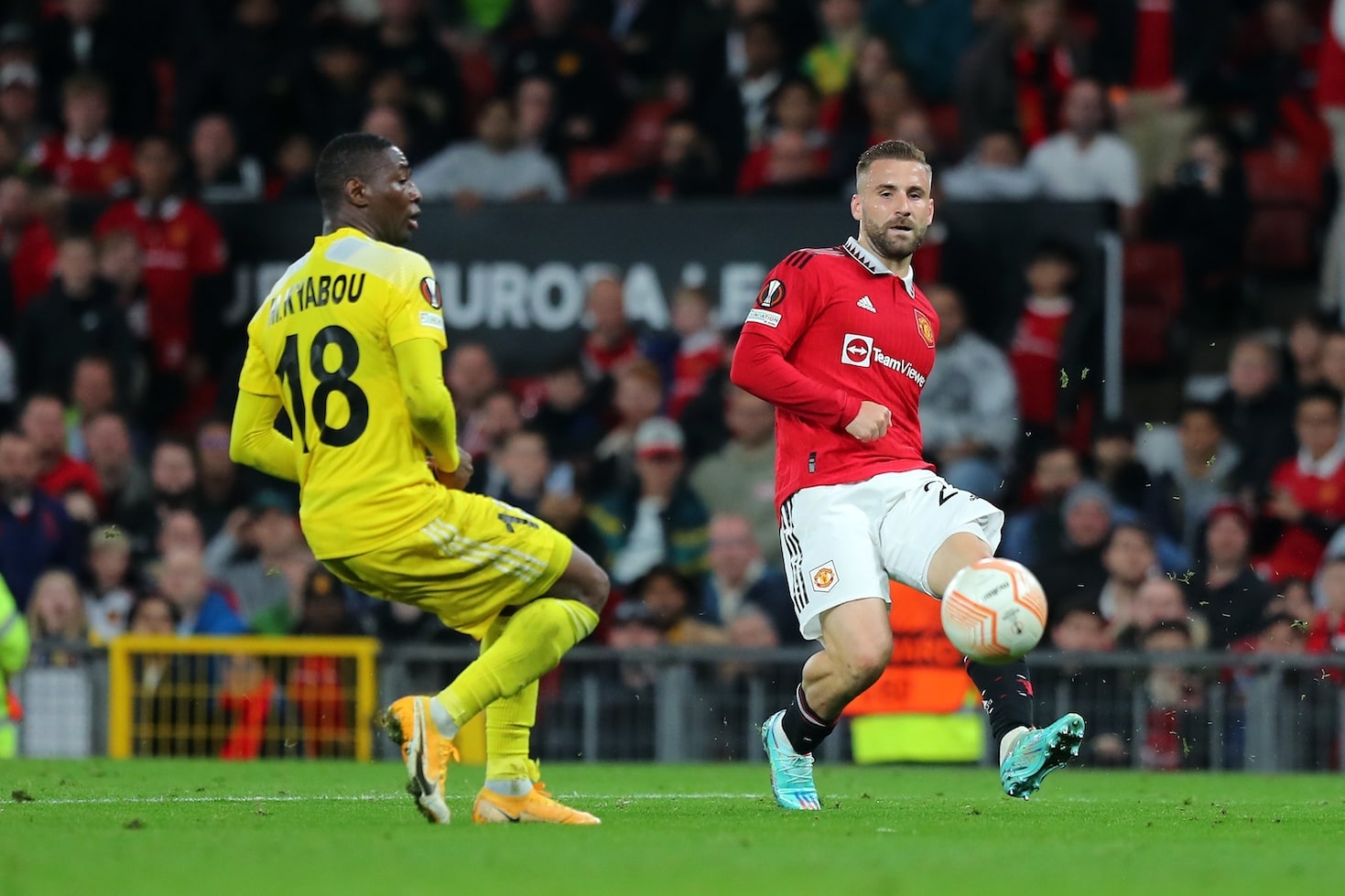
Another key component of the attack in this formation is the lone striker. This player should be a skillful and intelligent player who is capable of holding up the ball and creating chances for themselves and their teammates. Coaches should focus on training drills that help the striker develop their positioning, movement, and finishing skills.
Finally, coaches should encourage their attacking players to work together as a cohesive unit. The attacking midfielders should be comfortable exchanging passes and making runs off the ball to create space for each other. With a strong attacking mindset and effective communication, this formation can produce a high-scoring and entertaining style of play.

Overall, the 4-2-3-1 formation is a versatile and effective formation for attacking play. By developing their players' skills and encouraging teamwork, coaches can make the most of this formation and create a formidable attacking force on the pitch.
Examples of the 4-2-3-1 Formation in Action
One of the most successful teams to utilize the 4-2-3-1 formation is the German national team. During the 2014 World Cup, they dominated the tournament with this formation, which allowed them to score a total of 18 goals and only concede four goals in seven matches. Their attacking play was led by the likes of Thomas Muller, Mario Gotze, and Mesut Ozil, who were all exceptional in their roles as attacking midfielders.
In the English Premier League, Manchester City has also been successful using the 4-2-3-1 formation, with creative players like Kevin De Bruyne and David Silva playing in the attacking midfield roles. Their full-backs, Kyle Walker and Benjamin Mendy, are also known for their overlapping runs, which have provided additional attacking options and contributed to their success in the league.

Another example of the 4-2-3-1 formation in action can be seen with the Brazilian national team. In the 2018 World Cup, they utilized this formation to great effect with players like Philippe Coutinho, Willian, and Neymar playing in the attacking midfield roles. Their lone striker, Gabriel Jesus, was also a key player in their attacking play, providing assists and scoring goals.
One of the most successful coaches to use the 4-2-3-1 formation is Jose Mourinho. During his time at Real Madrid, he utilized this formation to great effect, helping the team to win the La Liga title in the 2011-2012 season. Mourinho's Real Madrid team was known for their attacking play, with Cristiano Ronaldo playing as the lone striker and Mesut Ozil, Angel Di Maria, and Karim Benzema playing as the attacking midfielders.
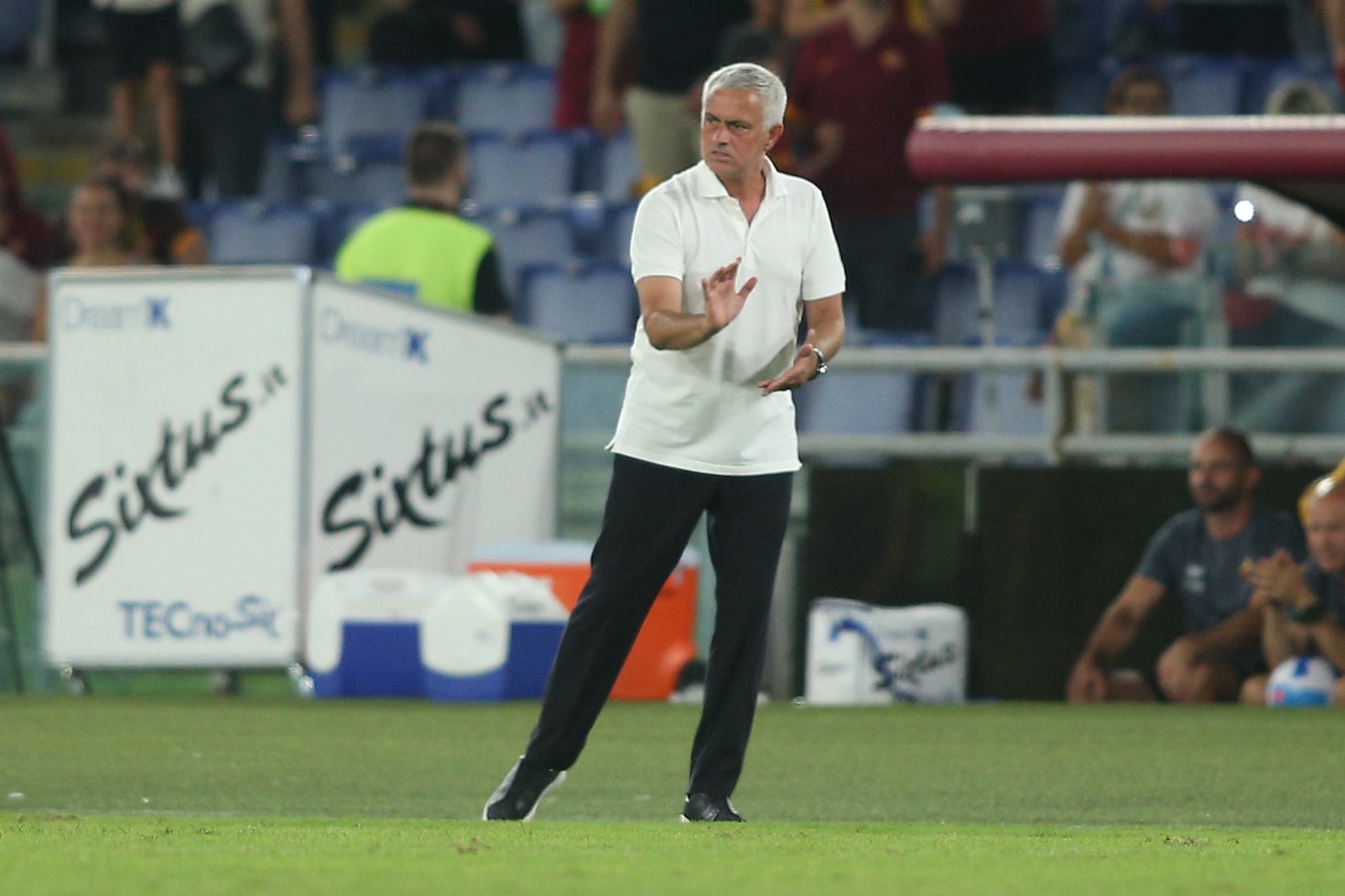
Mourinho's Real Madrid team was also strong defensively, with Xabi Alonso and Sami Khedira playing as the holding midfielders. This allowed the attacking players to focus on creating chances and scoring goals, knowing that they had a solid defensive foundation behind them.
The 4-2-3-1 formation has been utilized by some of the most successful teams in the world and has proven to be an effective formation for attacking play. With the right players in the right positions and effective coaching strategies, this formation can lead to a cohesive and dominant attacking force on the pitch.

The 4-2-3-1 formation is a versatile and effective formation that can be used by coaches to create a dynamic and attacking team. By developing their players' skills and encouraging teamwork, coaches can make the most of this formation and create a formidable force on the pitch, both in attack and defense.
Training Tips: Incorporating the 4-2-3-1 Formation into Your Sessions
1. Develop the Attacking Midfielders
The attacking midfielders are the key players in this formation, and it is essential to develop their skills such as passing, shooting, and dribbling. Encourage them to work together and create space for each other to build effective attacking plays.
2. Train the Defensive Midfielders
The defensive midfielders play a crucial role in protecting the defense and preventing counter-attacks. Train them to be disciplined and positionally aware, and encourage them to distribute the ball effectively to the attacking midfielders.

3. Utilize Overlapping Full-Backs
The full-backs in a 4-2-3-1 formation are expected to overlap and provide additional attacking options. Train your full-backs to be fit and quick on the ball, and encourage them to create width and crosses for the attacking players.
4. Encourage Communication
Effective communication is a key aspect of any successful team, and in a 4-2-3-1 formation, it is essential for the attacking midfielders and the lone striker to work together effectively. Encourage your players to communicate on the pitch and to understand each other's movements.
5. Adapt to the Opposition
The 4-2-3-1 formation can be adapted to suit different opposition teams and styles of play. Encourage your players to be flexible and adaptable, and to be able to adjust their positions and movements depending on the opposition's tactics. Use video analysis to identify the opposition's strengths and weaknesses and to develop effective game plans and custom tactics.
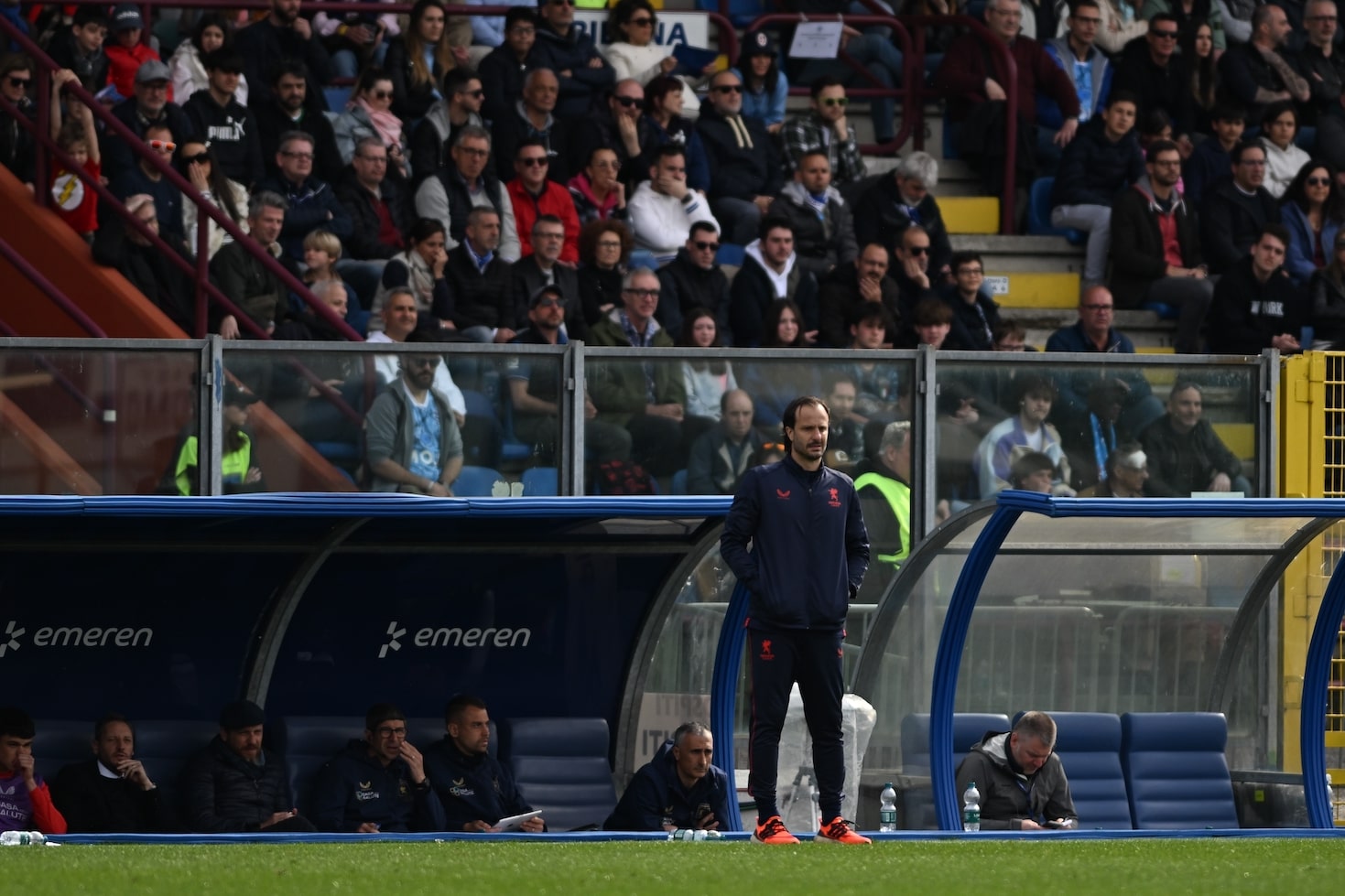
Overall, the 4-2-3-1 formation can be a highly effective attacking formation if utilized correctly. With the right players in the right positions and effective coaching strategies, this formation can lead to a cohesive and dominant attacking force on the pitch. By incorporating the above training tips, coaches can develop their players' skills and create a successful 4-2-3-1 formation team.


Improve Your GameJust 1.99 p/m
Exclusive drills and sessions, get involved today!
- 100’s of Drills
- Coach to Camera Videos
- Sessions from Pro’s
- Industry Leading Advice
Conclusion: The Advantages and Disadvantages of the 4-2-3-1 Formation
The 4-2-3-1 formation is a popular and effective attacking formation in soccer. It places a strong emphasis on the attacking midfielders and provides a lone striker with plenty of support. However, it also has its disadvantages, such as leaving the defense exposed to counter-attacks and requiring a high level of fitness from the full-backs.
Despite these disadvantages, the 4-2-3-1 formation can be a successful choice for teams with the right players and coaching strategies. By developing the attacking midfielders and defensive midfielders, utilizing overlapping full-backs, encouraging communication, and adapting to the opposition, coaches can create a cohesive and dominant attacking force on the pitch.
Ultimately, the decision to use the 4-2-3-1 formation will depend on the team's strengths and weaknesses, as well as the opposition they are facing. With careful consideration and effective training, however, this formation can lead to success on the pitch.
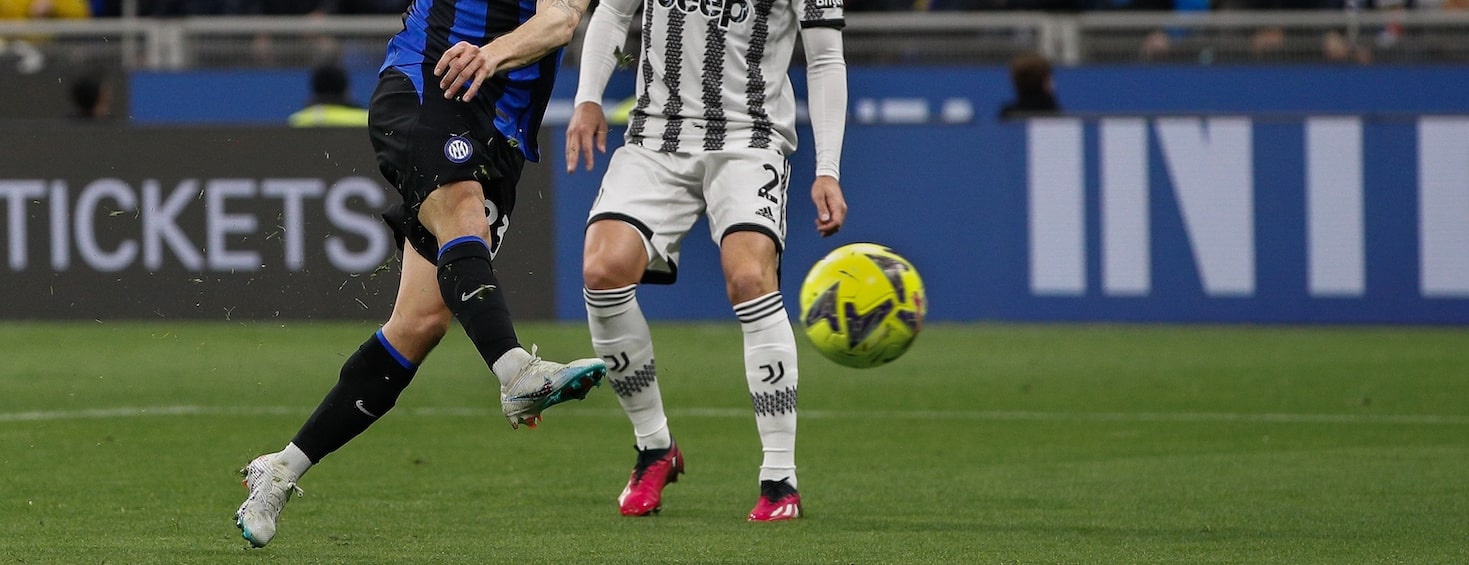

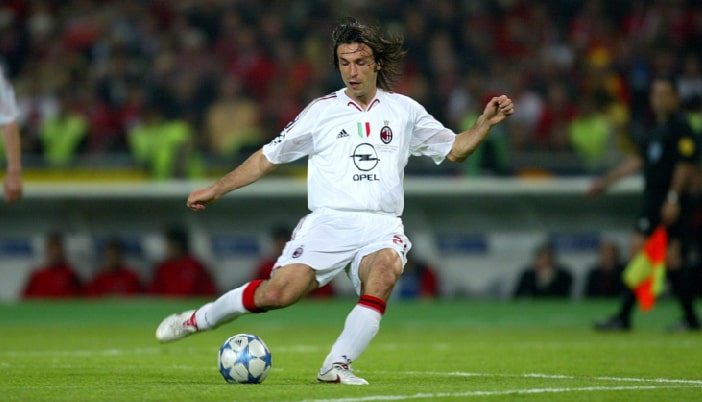
Cupello
Rethinking soccer coaching via our industry leading tools. Built to offer effective coaching development solutions for players and coaches of all levels.